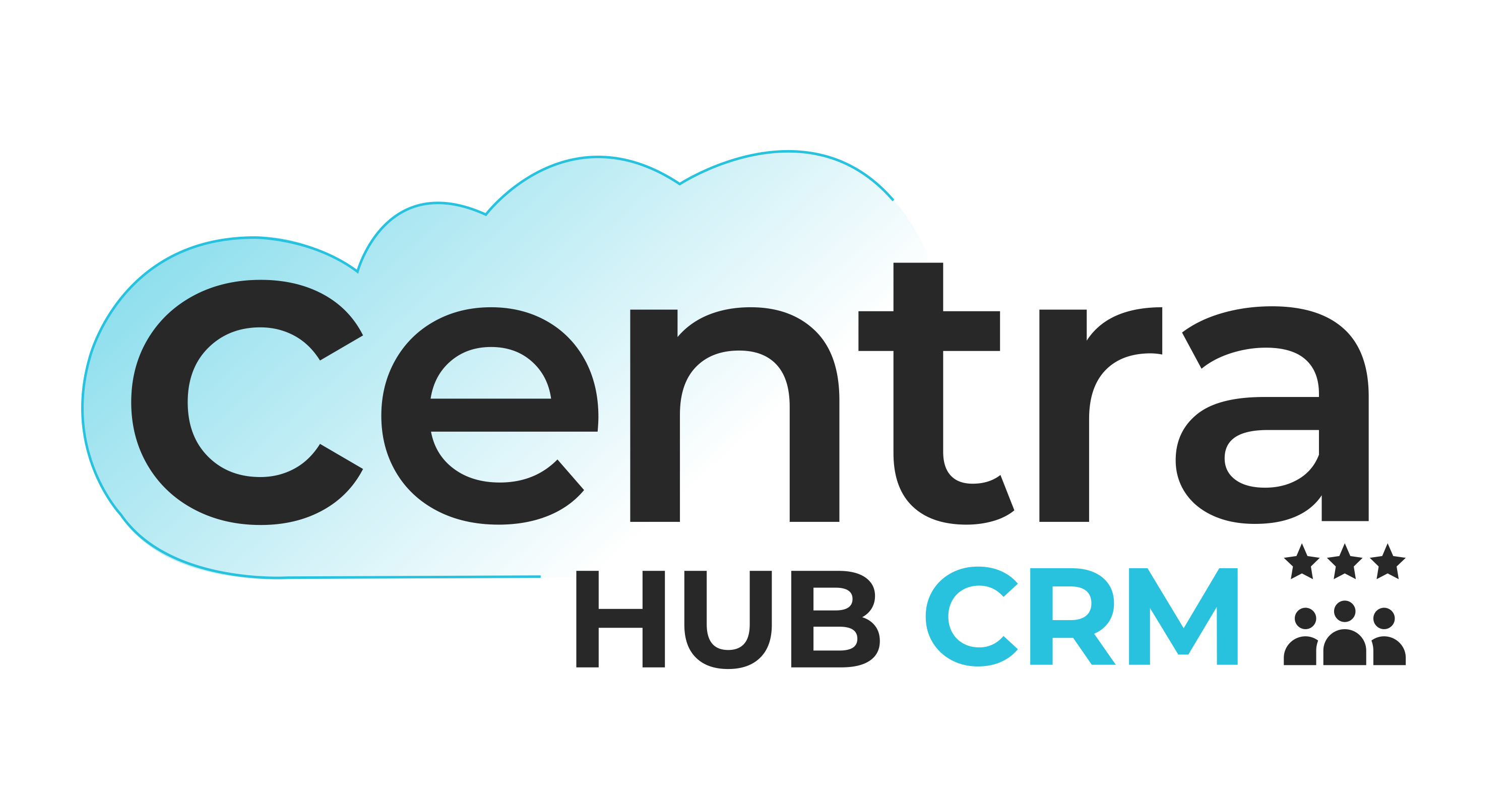Understanding the Landscape
Before we dive into the big data analytics and ERP integration, let's have a closer look at these concepts.
Big data analytics
Big data analytics examines large and complex data sets to uncover hidden patterns, correlations, and other valuable information. It involves advanced techniques and tools to make sense of the massive amounts of data generated in today's digital age.
ERP (Enterprise Resource Planning)
ERP is a comprehensive software solution for managing various business processes such as finance, HR, manufacturing, and supply chain. ERP systems streamline operations, enhance data accuracy, and provide real-time visibility into an organization's functions.
The Power of Big Data Analytics and ERP Integration
Data integration
The combination of big data analytics and ERP integration begins with data integration. ERP systems store vast amounts of structured data related to an organization's operations. Big data analytics, on the other hand, deals with diverse data sources, including structured and unstructured data. Integrating the two enables organizations to harness the full spectrum of data, unlocking new possibilities through:
Comprehensive insights
Integration allows you to combine internal data from the ERP system with external data sources, enabling a more holistic view of your business.
Improved data quality
ERP systems are known for their data accuracy. Integrating this data with big data sources enhances data quality for analytics.
Real-time decision making
Access to real-time data ensures that decisions are based on current information, improving agility and competitiveness.
Business process optimization
Once data integration is achieved, organizations can leverage the power of big data analytics for business process optimization. By analyzing historical data, identifying bottlenecks, and predicting future trends, ERP integrated with big data analytics can streamline operations in the following ways:
Inventory management
Predictive analytics can help organizations forecast demand accurately, reducing excess inventory costs and stockouts.
Supply chain efficiency
Optimize the supply chain by analyzing supplier performance, identifying areas of improvement, and ensuring timely deliveries.
Financial management
Improve financial planning and budgeting with insights gained from historical financial data.
Customer relationship management
Personalize customer interactions by analyzing customer behavior and preferences.

Predictive analytics
Predictive analytics is a potent tool that enables organizations to foresee future trends and make informed decisions. ERP systems provide a rich source of historical data, while big data analytics models can predict future outcomes. This synergy is invaluable for businesses seeking a competitive edge. Predictive analytics applications improve:
Sales forecasting
Predict future sales trends to optimize inventory and staffing levels.
Customer churn
Identify at-risk customers and take proactive measures to retain them.
Equipment maintenance
Predict when equipment will likely fail to proactively schedule maintenance.
Data-driven insights
One of the primary goals of integrating big data analytics with ERP is to derive data-driven insights. These insights are invaluable for strategic decision-making, ensuring an organization's growth and success. Examples of data-driven insights include:
Market trends
Understand market trends and consumer behavior to make informed product and marketing decisions.
Cost reduction
Identify areas where cost reduction is possible by analyzing operational inefficiencies.
Performance evaluation
Evaluate the performance of products, departments, and employees based on data-driven metrics.
Conclusion
Big data analytics and ERP integration are not merely technology trends; they are essential tools for businesses looking to thrive in an increasingly data-centric world. So, take the first step toward unlocking the potential of big data analytics with ERP integration and position your organization for a brighter and more data-driven future.







